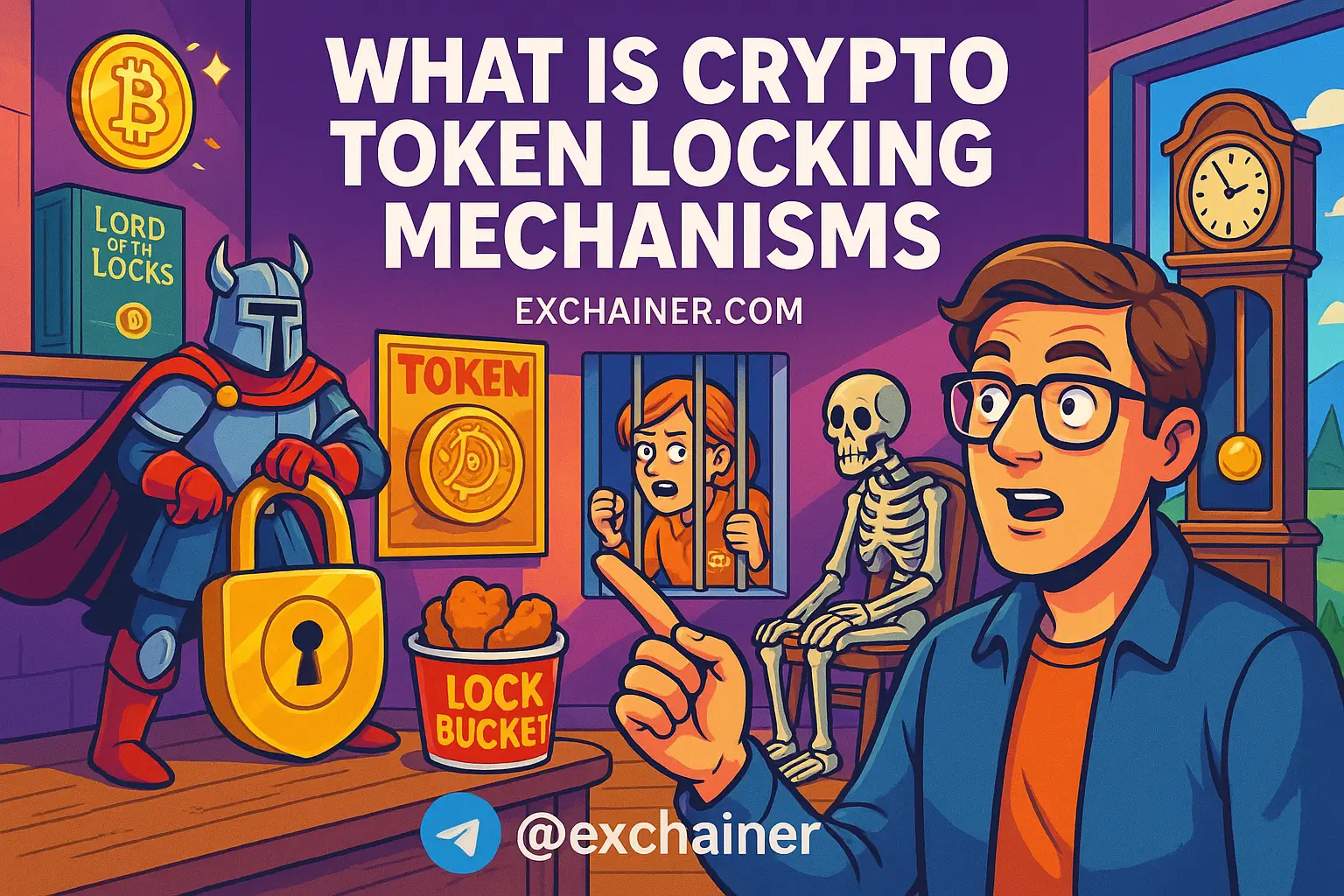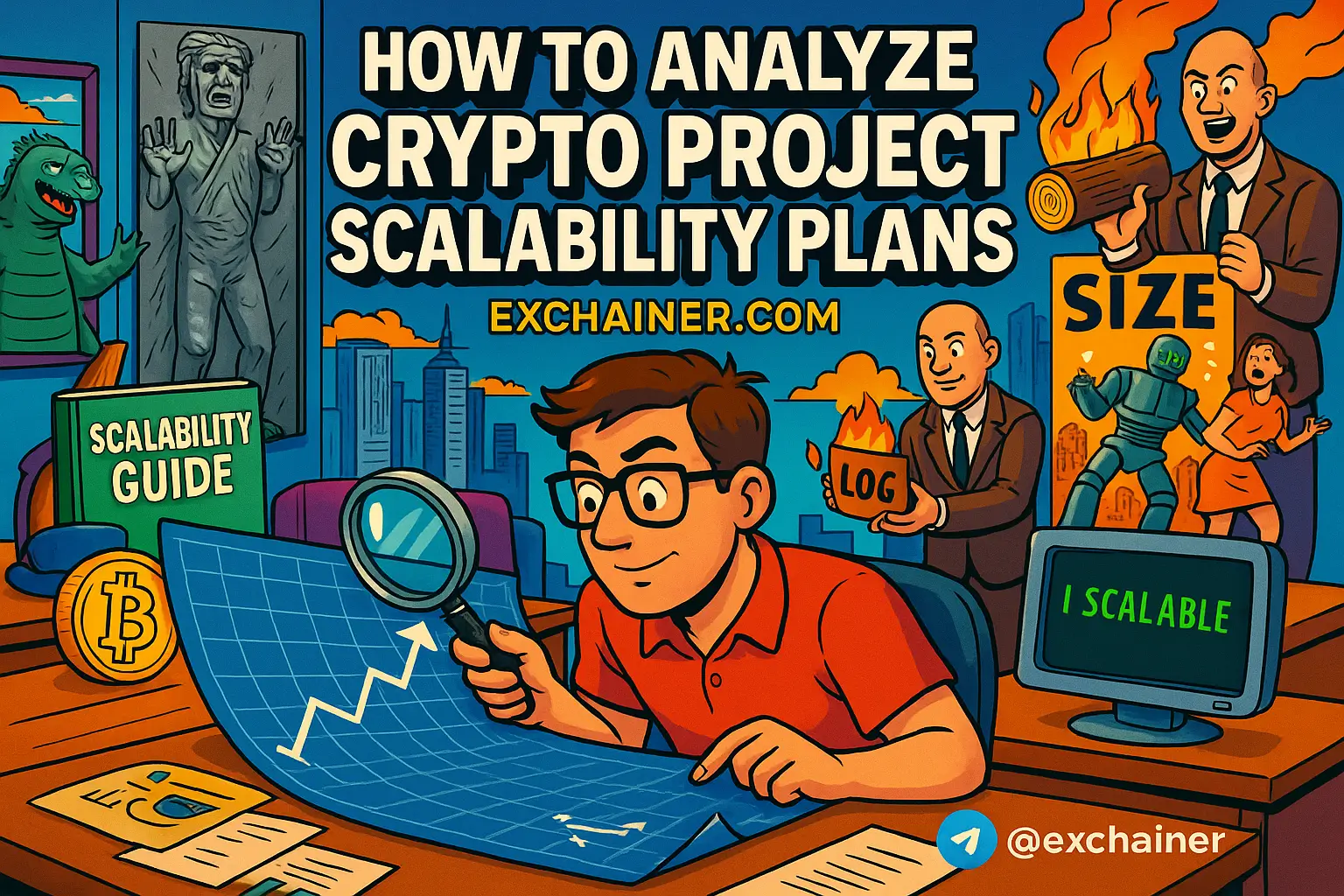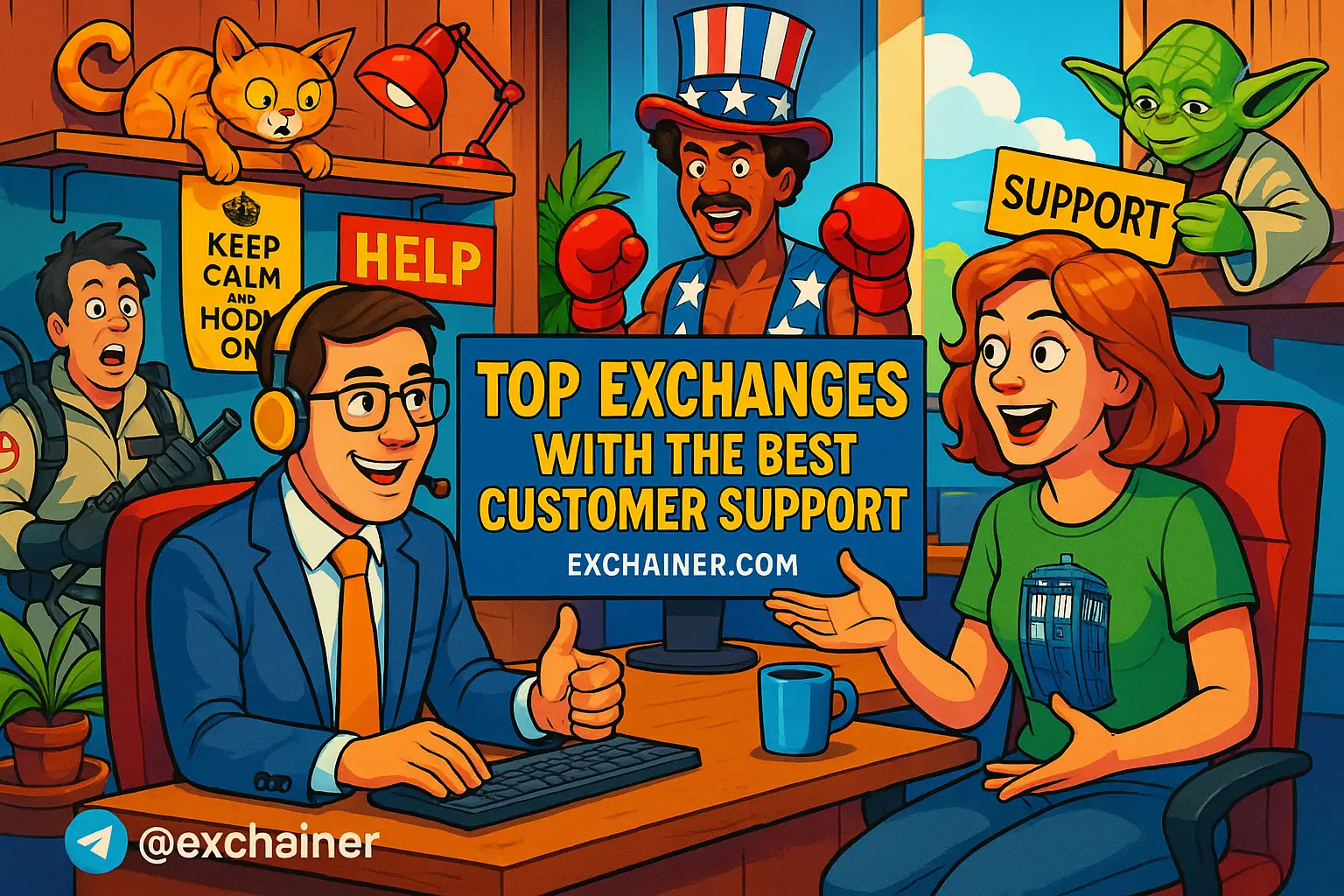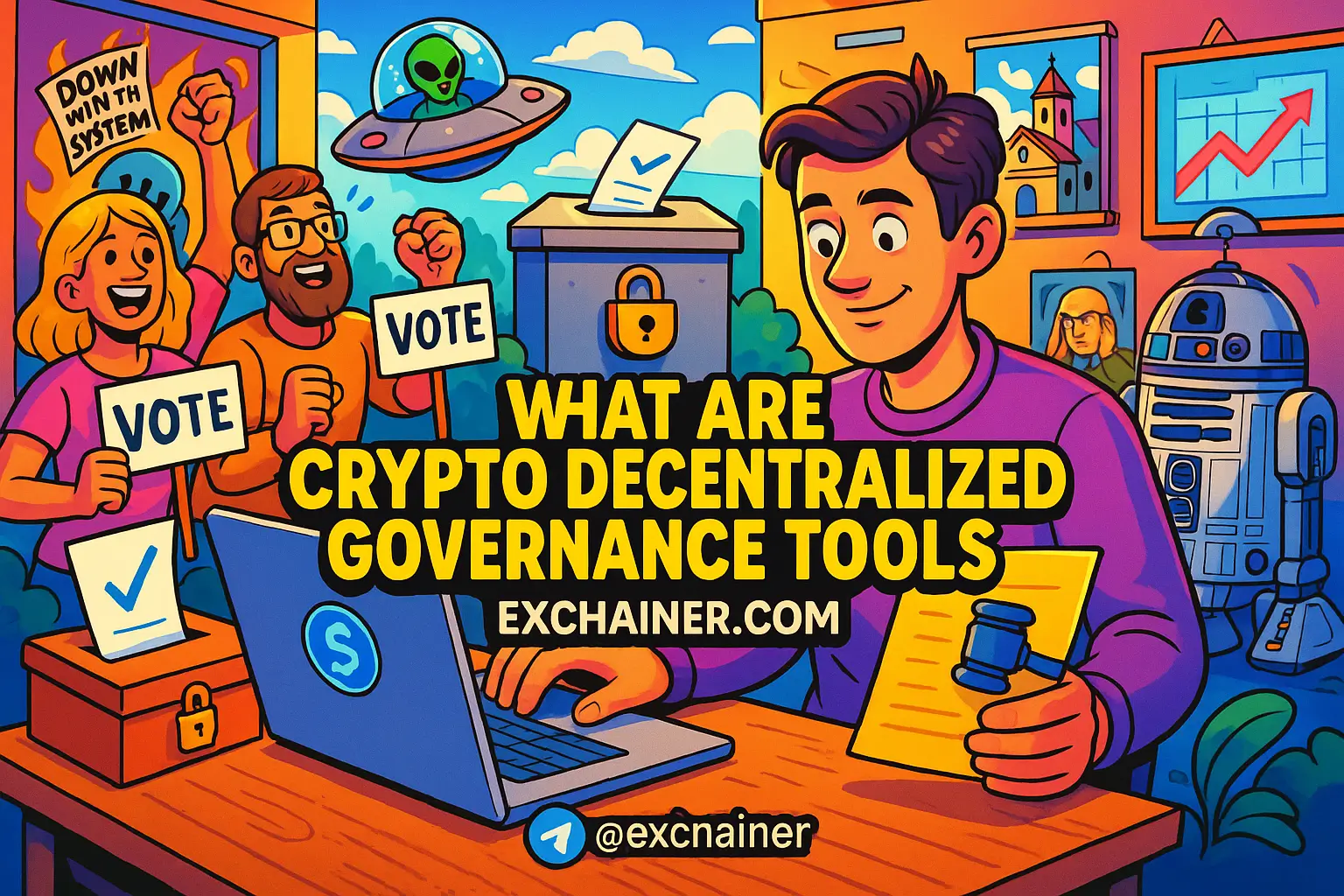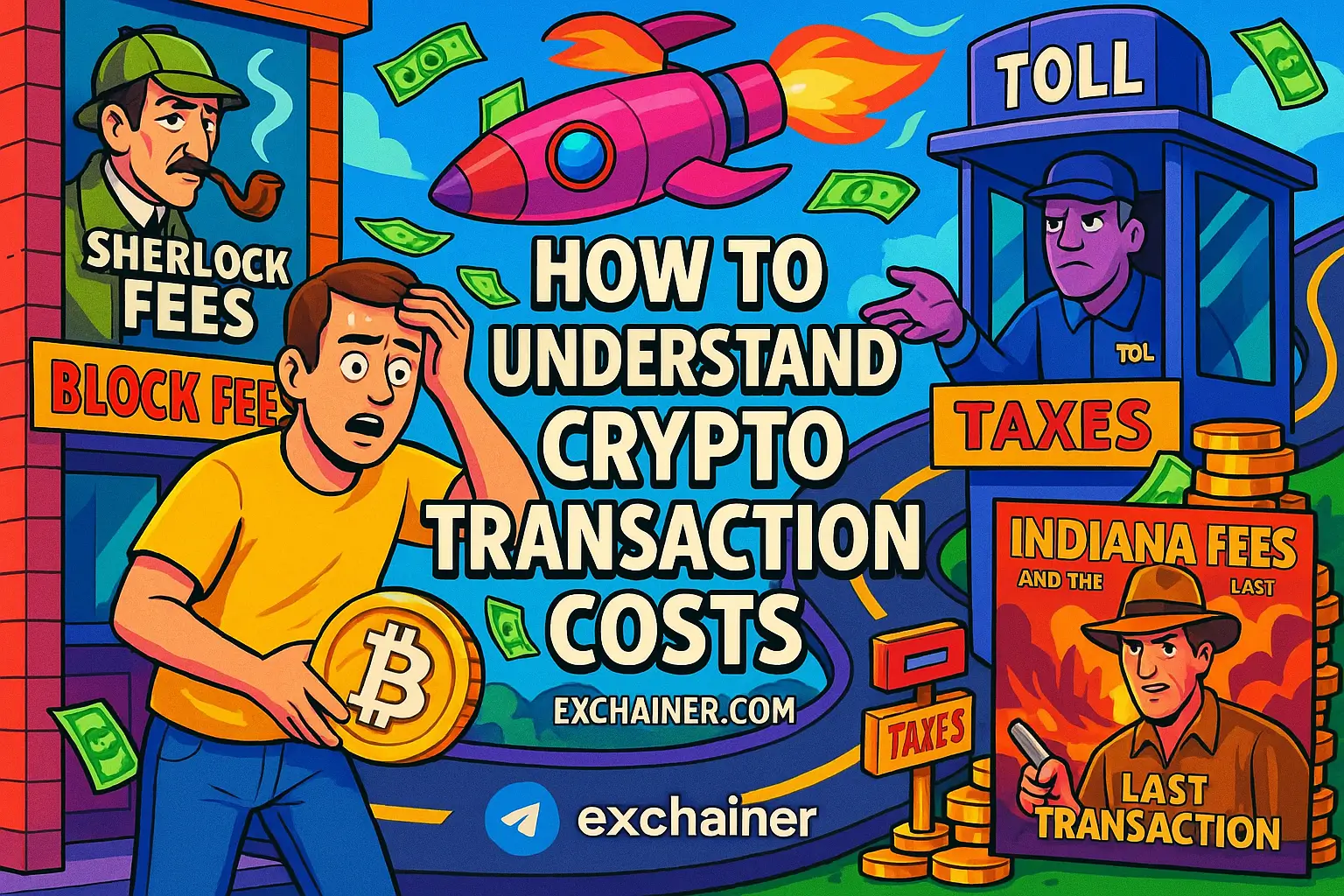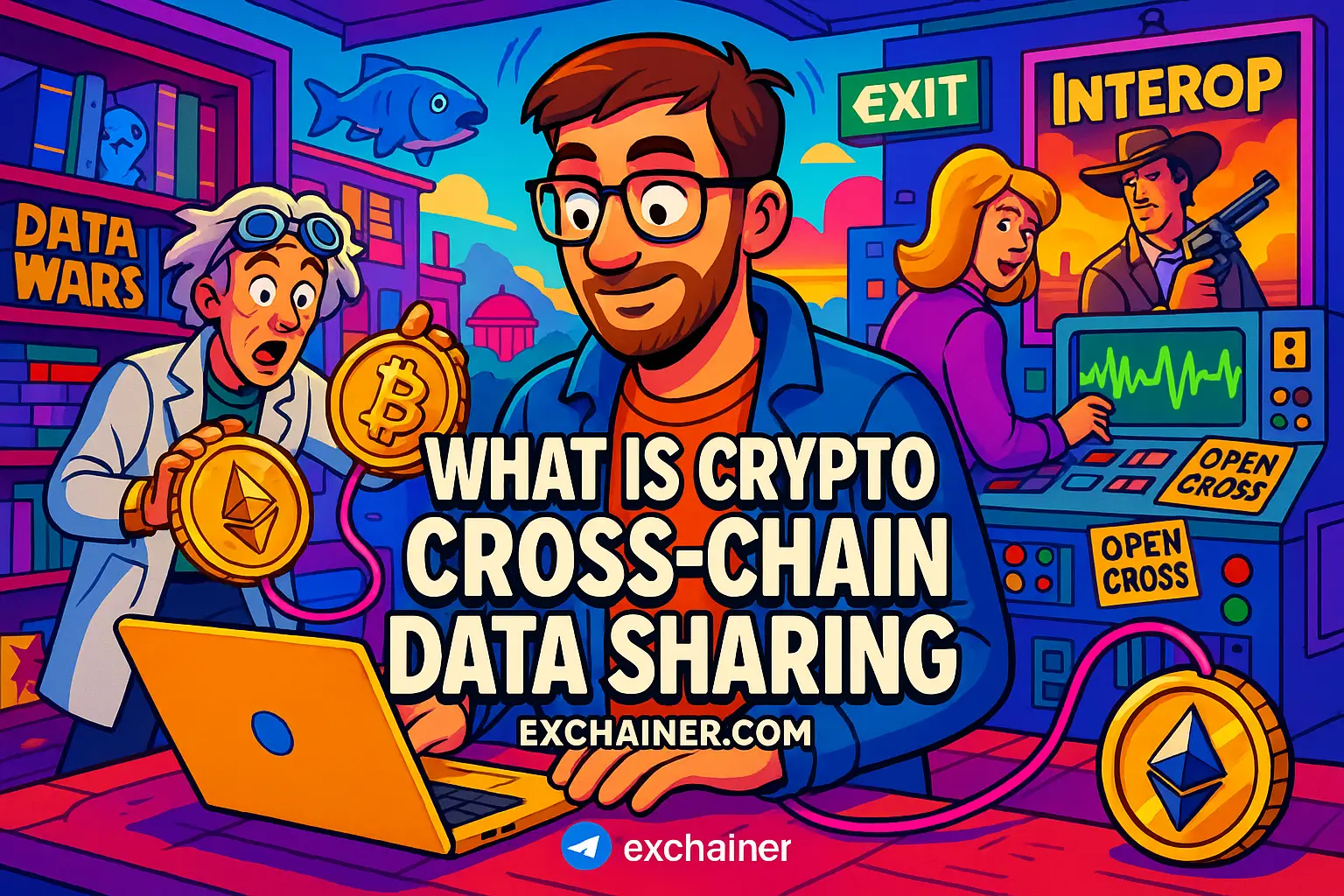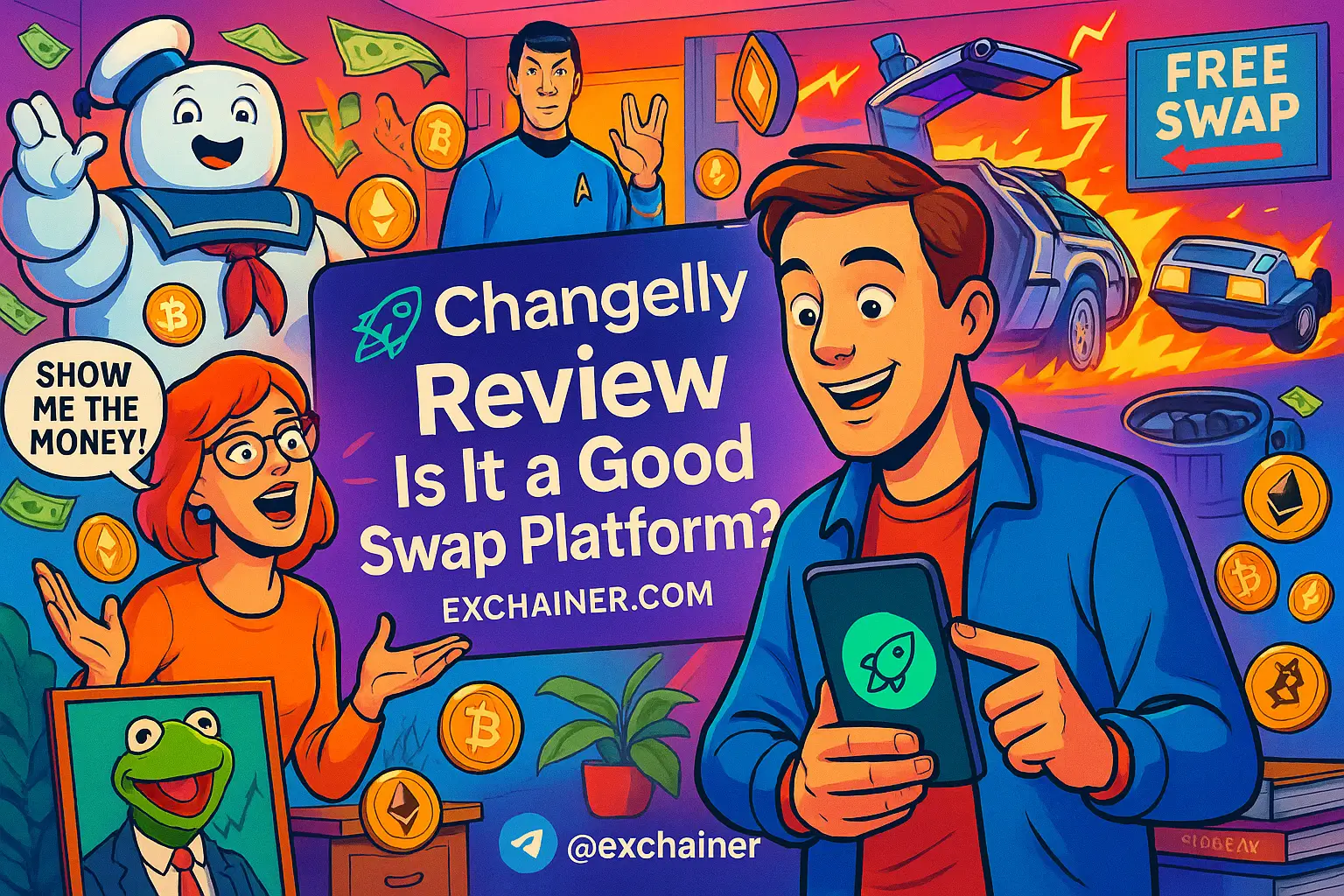Imagine a world where you can buy, sell, or trade digital assets without needing a middleman – no banks, brokers, or centralized platforms holding your funds hostage or imposing arbitrary rules. Welcome to the fascinating universe of crypto decentralized marketplaces. These platforms are rewriting the rules of commerce by enabling direct peer-to-peer interactions, powered by blockchain technology. Whether it’s swapping tokens on a decentralized exchange (DEX), purchasing unique digital art on an NFT marketplace, or trading assets directly on peer-to-peer DeFi platforms, decentralized marketplaces are changing how we think about ownership, trust, and transparency in digital trade.
So, what exactly are crypto decentralized marketplaces? Simply put, they are online platforms built on blockchain technology where transactions happen directly between users without intermediaries controlling the process. This category includes everything from well-known decentralized exchanges like Uniswap to innovative NFT platforms and peer-to-peer lending marketplaces. The decentralization means users maintain control over their funds and data, reducing risks linked to hacks, censorship, or unfair fees typically associated with centralized services.
Why does this matter? For traders, creators, and entrepreneurs alike, decentralized marketplaces offer unprecedented benefits. Lower costs, global accessibility, enhanced security, and permissionless participation open up fresh opportunities whether you’re swapping crypto tokens, investing in digital collectibles, or launching a new DeFi app. However, these benefits come alongside their own set of challenges and risks, including smart contract vulnerabilities and regulatory uncertainties. That’s why understanding how these markets operate, their different types, and what to watch out for is essential for anyone venturing into the crypto ecosystem.
In this article, we will break down how decentralized marketplaces work by exploring smart contracts, peer-to-peer mechanisms, and tokenization. Then, we will dive into what makes decentralized exchanges and NFT marketplaces tick, highlighting their unique features and risks. We’ll also cover security concerns and legal challenges before wrapping up with practical advice on navigating the benefits and hurdles of these emerging platforms. Ready to decode the decentralized marketplace? Let’s get started.
How Decentralized Marketplaces Work
Understanding how decentralized marketplaces work is key to appreciating why they are considered game-changers in crypto trading and digital commerce. At their core, these platforms rely on blockchain-driven automation and peer-to-peer interactions to eliminate middlemen while maintaining trust and transparency.
Smart Contracts and Automation
The foundation of any crypto decentralized marketplace is the smart contract — self-executing code stored on a blockchain that automates processes without the need for human intervention. These contracts define exact conditions for transactions and automatically enforce them, eliminating the need to trust a third party. For example, when you trade tokens on a DEX, the smart contract instantly swaps assets between wallets once the terms are met. This automation ensures trustless transactions with on-chain settlement, boosting speed and reducing fees.
Peer-to-Peer Matching and Liquidity
Unlike centralized exchanges that match orders internally, decentralized marketplaces enable direct peer-to-peer order matching. There are two common mechanisms here: order-book based and automated market makers (AMMs). Order-book DEXs resemble traditional exchanges where buyers and sellers place orders matched directly, while AMMs use liquidity pools and formulas to price assets automatically, allowing anyone to become a liquidity provider. Some marketplaces also use off-chain relayers to facilitate faster order matching while settling trades on-chain, balancing speed with decentralization.
Tokenization and On-Chain Identity
Tokenization transforms real-world or digital assets into blockchain tokens that can represent anything from currency to art. Coupled with on-chain identity systems — where wallets hold not just tokens but reputation or credentials — decentralized marketplaces build ecosystems where trust emerges from transparency and cryptography instead of institutions. This means users can trade unique assets backed by verifiable history or build reputations that reduce fraud over time.
Decentralized Exchanges (DEXs) Explained
Decentralized exchanges are among the most popular types of crypto decentralized marketplaces, enabling users to trade cryptocurrencies directly through blockchain smart contracts. Unlike traditional centralized exchanges, DEXs do not custody funds, reducing risks of hacks and withdrawal restrictions.
AMMs vs Order-Book DEXs: Core Differences
In AMM-based DEXs such as Uniswap, liquidity providers supply pairs of tokens to smart contract pools. Pricing follows mathematical formulas (e.g., constant product formula) to facilitate trades. This system enables instant swaps but can lead to phenomena like impermanent loss — a temporary loss experienced by liquidity providers when token prices fluctuate. In contrast, order-book DEXs organize buy and sell orders explicitly, matching them at agreed prices similar to centralized platforms. Although order-book DEXs offer finer control, they sometimes face lower liquidity and slower execution.
Popular DEX Examples and Ecosystems
Some DEXs have defined the landscape:
Uniswap revolutionized AMM exchanges on Ethereum, enabling gas-efficient, trustless swaps with strong liquidity incentives.
SushiSwap forked from Uniswap to introduce governance and additional yield farming features.
Curve specializes in low-slippage stablecoin trading using tailored AMM formulas.
PancakeSwap dominates Binance Smart Chain trading with fast transactions and lower fees.
Each DEX caters to unique user needs and ecosystems, showing the versatility decentralized exchanges bring to crypto trading.
Liquidity Provision, Impermanent Loss, and Fee Mechanics
Liquidity providers (LPs) deposit token pairs into AMM pools and earn fees from each trade proportional to their share. However, they risk impermanent loss when token prices diverge – meaning the value of their deposited assets may fall relative to simply holding them outside the pool. Understanding this risk is crucial before becoming an LP. On the fee side, DEXs typically charge a small percentage per swap, which funds rewards and platform maintenance.
NFT and Digital Goods Marketplaces
Another vibrant sector of crypto decentralized marketplaces is the NFT (Non-Fungible Token) marketplace, where unique digital items are bought, sold, and auctioned.
How NFT Marketplaces Differ from Token Exchanges
Unlike fungible tokens traded on DEXs, NFTs represent indivisible, unique assets—think digital art, gaming skins, or virtual real estate. This uniqueness demands metadata integration, custody standards, and provenance tracking embedded via smart contracts. The marketplace manages not just the transfer of tokens but also ensures ownership authenticity and history are verifiable on-chain.
Royalties, Provenance, and Creator Monetization
A breakthrough feature of NFT marketplaces is the automatic royalty system. Creators embed royalty terms within smart contracts, ensuring they receive a percentage from every secondary sale. This innovation enables artists and content creators to monetize their work continuously, creating sustainable digital economies. Provenance — the recorded history of ownership and transfers — ensures buyers can verify authenticity and rarity, driving confidence and value.
Use Cases: Art, Gaming, Virtual Real Estate, and More
NFT marketplaces serve a range of communities:
– Digital artists use platforms like OpenSea or Rarible to reach global buyers.
– Gamers trade in-game assets or avatars, enhancing gameplay and investment potential.
– Virtual real estate marketplaces, such as Decentraland or The Sandbox, enable buying and selling parcels of metaverse land.
– Collectible enthusiasts trade rare items, from music to trading cards.
The market dynamics often revolve around scarcity, community, and cultural impact, making NFT marketplaces vibrant hubs for digital creativity and commerce.
Security, Risks, and Legal Issues
While crypto decentralized marketplaces offer autonomy and innovation, they also carry unique risks and regulatory puzzles every user should understand.
Smart Contract Vulnerabilities and Audits
Smart contracts power decentralized marketplaces but are also potential weak points. Coding errors or malicious backdoors can lead to loss of funds or exploitation. Thorough audits by reputable firms and robust bug bounty programs are essential for maintaining platform integrity. Yet, users should remain cautious; no system is entirely risk-free.
Frauds, Rug Pulls, and Dispute Resolution
The open nature of decentralized marketplaces sometimes attracts scams, including “rug pulls” where developers withdraw liquidity abruptly, leaving investors stranded. Since transactions are on-chain and immutable, resolving disputes outside centralized channels is difficult. Communities and informal reputation systems often provide the only recourse, highlighting the need for due diligence and risk awareness.
Regulatory and Compliance Landscape
Regulators worldwide grapple with decentralized marketplaces. The tension lies between preserving user privacy and enforcing anti-money laundering (AML) and know-your-customer (KYC) laws. Jurisdictional challenges complicate compliance, as users and platforms operate globally. As legislation evolves, marketplace models and user strategies may need adaptation, making awareness a must.
Benefits and Challenges for Users and Businesses
Crypto decentralized marketplaces bring exciting advantages but also face practical hurdles for broad adoption.
Key Advantages
Users benefit from:
– Censorship resistance: No central authority to block or restrict trades.
– Self-custody: You control your funds, reducing counterparty risks.
– Transparent rules: Smart contracts enforce predictable behavior.
– Composability: Seamless integration with other DeFi tools and protocols.
UX, Scalability, and Cost Challenges
However, usability issues remain:
– Gas fees on blockchains like Ethereum can be expensive during congestion.
– Wallet onboarding still intimidates newcomers unfamiliar with key management.
– Cross-chain trading often requires bridges, which introduce delays and vulnerabilities.
Adoption Strategies for Businesses
To overcome challenges, businesses can:
– Employ hybrid models blending centralized ease with decentralized security.
– Focus on UX improvements like social logins or simplified wallets.
– Incentivize liquidity through rewards and community engagement.
– Navigate compliance thoughtfully to build trust and meet regulations.
Conclusion
Crypto decentralized marketplaces represent a thrilling evolution in how digital assets are exchanged, owned, and valued. By facilitating direct peer-to-peer transactions without intermediaries, these platforms empower users with control, transparency, and novel economic models. Whether you’re a trader exploring decentralized exchanges, a creator monetizing unique NFTs, or a business aiming to harness blockchain’s potential, understanding the workings, types, and risks of decentralized marketplaces is crucial.
We’ve seen how smart contracts automate trustless transactions, how liquidity pools and order books enable seamless trading, and how marketplaces like Uniswap and OpenSea cater to different needs. At the same time, security vulnerabilities, potential scams, and legal uncertainties remind us that caution and continuous learning are essential. Embracing the benefits of censorship resistance, self-custody, and innovative monetization options also means grappling with cost, usability, and regulatory hurdles.
Looking ahead, advancements like layer-2 scaling solutions, improved cross-chain interoperability, and refined user experiences are poised to make decentralized marketplaces more accessible and robust. Meanwhile, evolving laws and community standards will shape how these platforms operate responsibly.
Friends, if you’re ready to dive deeper into the crypto world, start by exploring trusted guides on Crypto 101. For insights into exchange security and performance, check out our Exchange Reviews. And when you’re looking to choose the right wallets or trading tools, visit the Tools and Wallets section. Crypto decentralized marketplaces offer unprecedented possibilities, and with the right knowledge and care, you can safely participate in the exciting next wave of digital finance.
For more data on DeFi and decentralized trading volumes, CoinMarketCap offers comprehensive stats and market insights at coinmarketcap.com, a great resource to stay informed.





